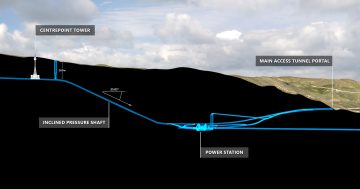Okay, so around my way, all the houses are fed from overhead power, and the poles have TransACT strung a few metres below. However, the surprising thing for me at least, is that the streets have street lighting, on quaint little poles in the nature strip. These are NOT connected to the overhead cabling, and so I must conclude that there is a second power network running through the suburb that is underground.
Is this common in Canberra?
Is the underground power 240V too? If so, why would the power company go to the trouble of running underground power, without removing costly to maintain (but cheap to install) overhead cables, when the main cost of underground is the excavation?
Or is this just Actew/Govt incompetence again?













